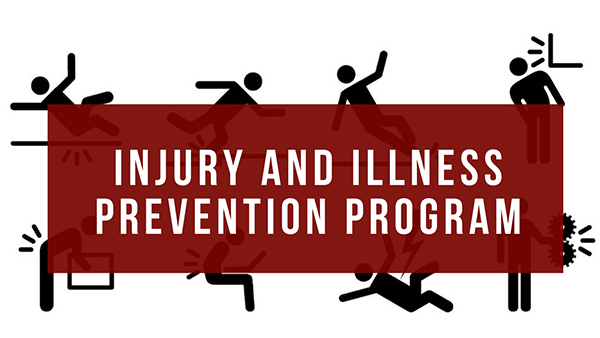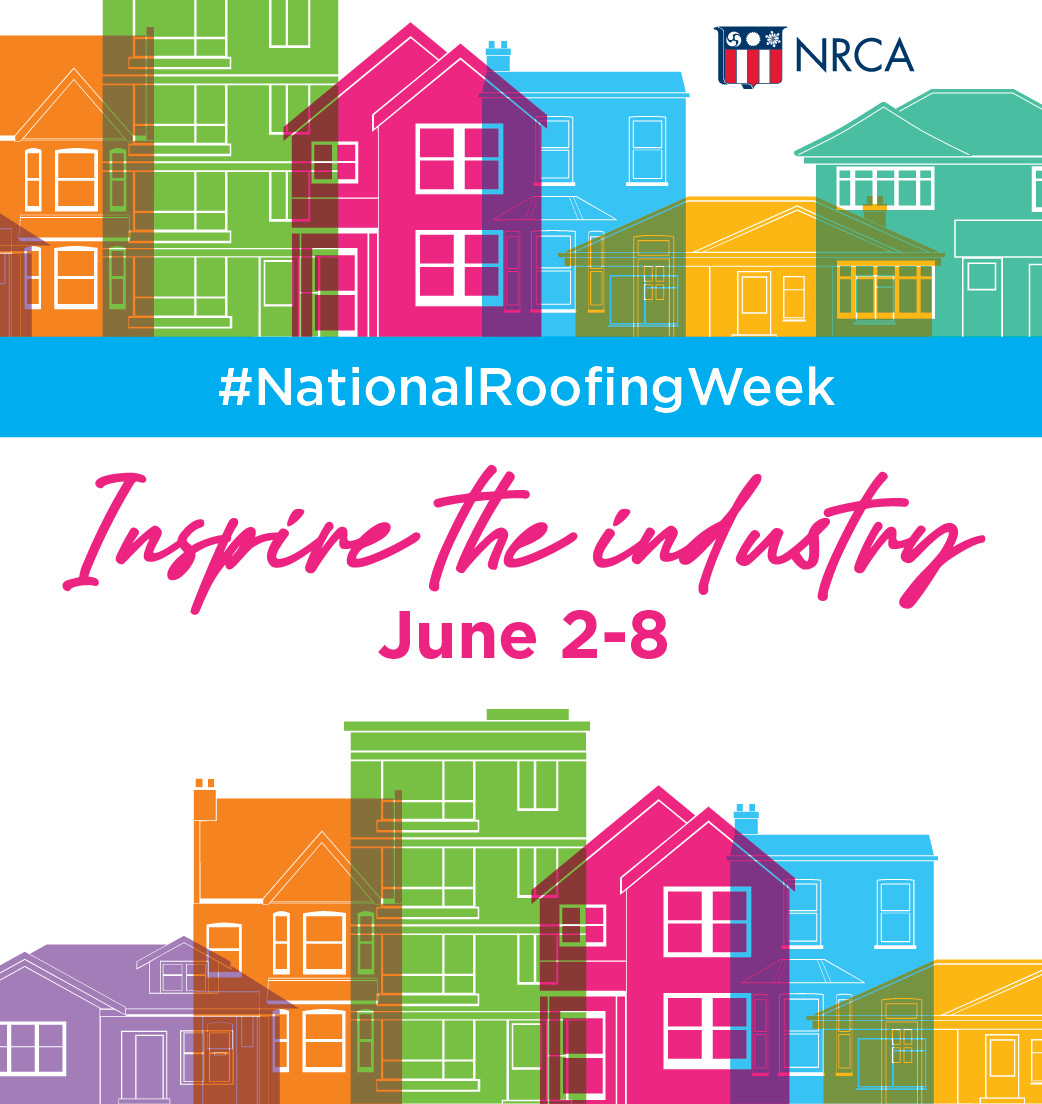Implementing an Effective Injury and Illness Prevention Program

An injury and illness prevention program is an effective tool for reducing occupational injuries, illnesses and fatalities.
by Rob Foote, Roofing Risk Advisors, LLC.
Many workplaces have already adopted similar approaches as part of OSHA’s Voluntary Protection Programs (VPP) and Safety and Health Achievement Recognition Program (SHARP) for small employers. Not only do these workplaces experience significant decreases in workplace injuries, but they often report a transformed workplace culture that can lead to higher productivity and quality, reduced turnover, reduced costs and greater worker satisfaction.
Injury and illness prevention programs should include the systematic identification, evaluation and prevention or control of general workplace hazards and the hazards of specific jobs and tasks. The following are the major elements of an effective program, and specific actions you can take to implement an injury and illness prevention program in your workplace:
1. Management Leadership
- Establish clear safety and health goals for the program and define the actions needed to achieve those goals.
- Make one or more individuals responsible for implementing and maintaining the program.
- Provide sufficient resources to ensure effective program implementation.
2. Worker Participation
- Consult with workers in developing and implementing the program and involve them in updating and evaluating the program.
- Include workers in workplace inspections and incident investigations.
- Encourage workers to report concerns, such as hazards, injuries, illnesses and near misses.
3. Hazard Identification and Assessment
- Identify, assess and document workplace hazards by soliciting input from workers, inspecting the workplace and reviewing available information on hazards.
- Investigate injuries and illnesses to identify hazards that may have caused them.
- Inform workers of the hazards in the workplace.
4. Hazard Prevention and Control
- Establish and implement a plan to prioritize and control hazards identified in the workplace.
- Provide interim controls to protect workers from any hazards that cannot be controlled immediately.
- Verify that all control measures are implemented and are effective.
- Discuss the hazard control plan with affected workers.
5. Education and Training Provide education and training to workers in a language and vocabulary they can understand to ensure that they know the following:
- Procedures for reporting injuries, illnesses and safety and health concerns
- How to recognize hazards
- Ways to eliminate, control or reduce hazards
- Elements of the program
- How to participate in the program
- Conduct refresher education and training programs periodically
6. Program Evaluation and Improvement
- Conduct a periodic review of the program to determine whether it has been implemented as designed and is making progress towards achieving its goals.
- Modify the program as necessary to correct deficiencies.
- Continuously look for ways to improve the program.
For more information, visit the Injury and Illness Prevention Program page on OSHA’s website.
Contact Roofing Risk Advisors a division of Frank H. Furman, Inc. for a no-cost risk management consultation.








-2.png)










Comments
Leave a Reply
Have an account? Login to leave a comment!
Sign In